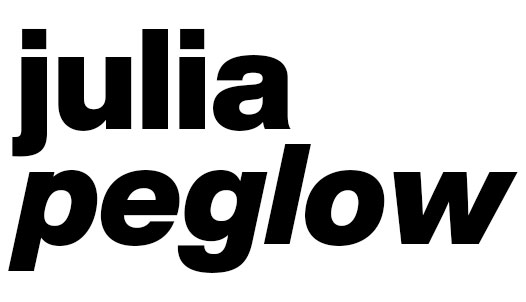I read the odd Stephen King book when I was a teenager, yet just stumbled over his autobiography last year, in Mason Currey’s Daily Rituals (which greatly influenced me – making me realise that there was something wrong with my daily workday and, amongst other key moments, got me to resign from my job as managing director).
First, I listened to On Writing on Audible while driving – absolutely hilarious since it’s read by the author himself. But whenever I listen to a really good audiobook, I have to read it later in print to get a three-dimensional idea of the content, to take notes, and for future reference.
Judging a book by its cover
I love how the paperback edition of On Writing comes across. Despite the saying you shouldn’t judge a book by its cover, and while publishing houses do their best to wrap the wisest content in the most distracting book covers with 80s typography on top, in this case the cover actually does fit the spirit of the book. It’s humble. It’s black and white. It shows a snapshot of the author at his desk in a crammed office corner in his house, nonchalantly with his feet on his desk, writing in his sketchbook; a monster of an old school computer in the background and his dog under the table. That’s the other, the practical, side of Steve. What most people know about him are the figures portraying his success. 400 million books sold worldwide, more than 50 novels and 100 short stories translated into 50 languages.
One hundred ways to read a book
There’s a lot to say about the book. It’s deep and, as with so many deep books, there are dozens of ways and layers to reading it. When you want to hear a wise, experienced voice about the craft of writing, read this book for inspiration. When you have blogged for a while and are waiting for the hundreds and thousands of readers to flock to you, read this book for humility. When you are disheartened in your creative process because somebody brought you down, read this book for comfort. Regarding this, Stephen talks about how he wrote his first horror novel as a teenager, printed a little edition and sold it in school for a couple of pennies. In consequence, he was summoned to the rector’s office, told off and forced to undo the whole transaction. This kind of experience, he says, is typical for anyone creating something: “I was ashamed. I have spent a good many years since – too many, I think – being ashamed about what I write. I think I was forty before I realized that almost every writer of fiction and poetry who has ever published a line has been accused by someone of wasting his or her God-given talent. If you write (or paint or dance or sculpt or sing, I suppose), someone will try to make you feel lousy about it, that’s all.”
Private and public writing
Another important lesson from the book for anyone involved in the creative process has to do with who you write for at different stages. The secret lies in the careful line you have to draw while writing between your own private life and the public. I’ve been thinking a lot about the contradiction of private and public lives in writing, particularly because we live in the digital age of constant publicity on the web and on social media. People (myself included) tend to publish too early (the whole point of blogs and social media). It’s hard to find the time and a private space for your ideas to grow.
Regarding this, Steve also has some wise words for us. He tells the story of his first job as a junior editor of a local newspaper, reporting on a local sporting event. His editor-in-chief makes some amendments to his text, leaving him with one of the most important pieces of advice in his life as a writer: “Write with your door closed. Then rewrite with your door open. Your stuff starts out being just for you, but then it goes out. Once you know what the story is and get it right – as right as you can, anyway – it belongs to anyone who wants to read it.”
There’s a stage in the process when you just have to write what’s in your head (“Let’s get one thing clear right now, shall we? There is no Idea Dump, no Story Central, no island of the Buried Bestsellers; good story ideas seem to come quite literally from nowhere, sailing at you right out of the empty sky (…). Your job isn’t to find these ideas but to recognize them when they show up.”) Your job is simply to protect your idea and let it grow. That’s the ‘door closed’ part of the process. Then it reaches a phase when you have to open up and start communicating with the reader in mind. That’s the ‘door open’ part. Steve says you need an ‘ideal reader’ (IR) to open up, somebody you can think of while telling him your story; somebody you trust and are not afraid of. Steve’s IR is, and has always been, his wife Tabby, by the way.
Writing is telepathy
You can connect with the reader in other ways, as well. Steve answers the question of what writing really is with “Telepathy, of course”, and describes writing as the purest distillation of all arts. The writer is describing a picture, and plants it right into the reader’s brain. They are connected through the story, the story is a “meeting of the minds”. Want to try? Here’s a test picture he describes. “Look – here’s a table covered with a red cloth. On it is a cage the size of a small fish aquarium. In the cage is a white rabbit with a pink nose and pink-rimmed eyes. In its front paws is a carrot stub upon which it is contentedly munching. On its back, clearly marked in blue ink, is the numeral 8. Do we see the same thing? We’d have to get together and compare notes to make absolutely sure, but I think we do.” How fantastic is that.




